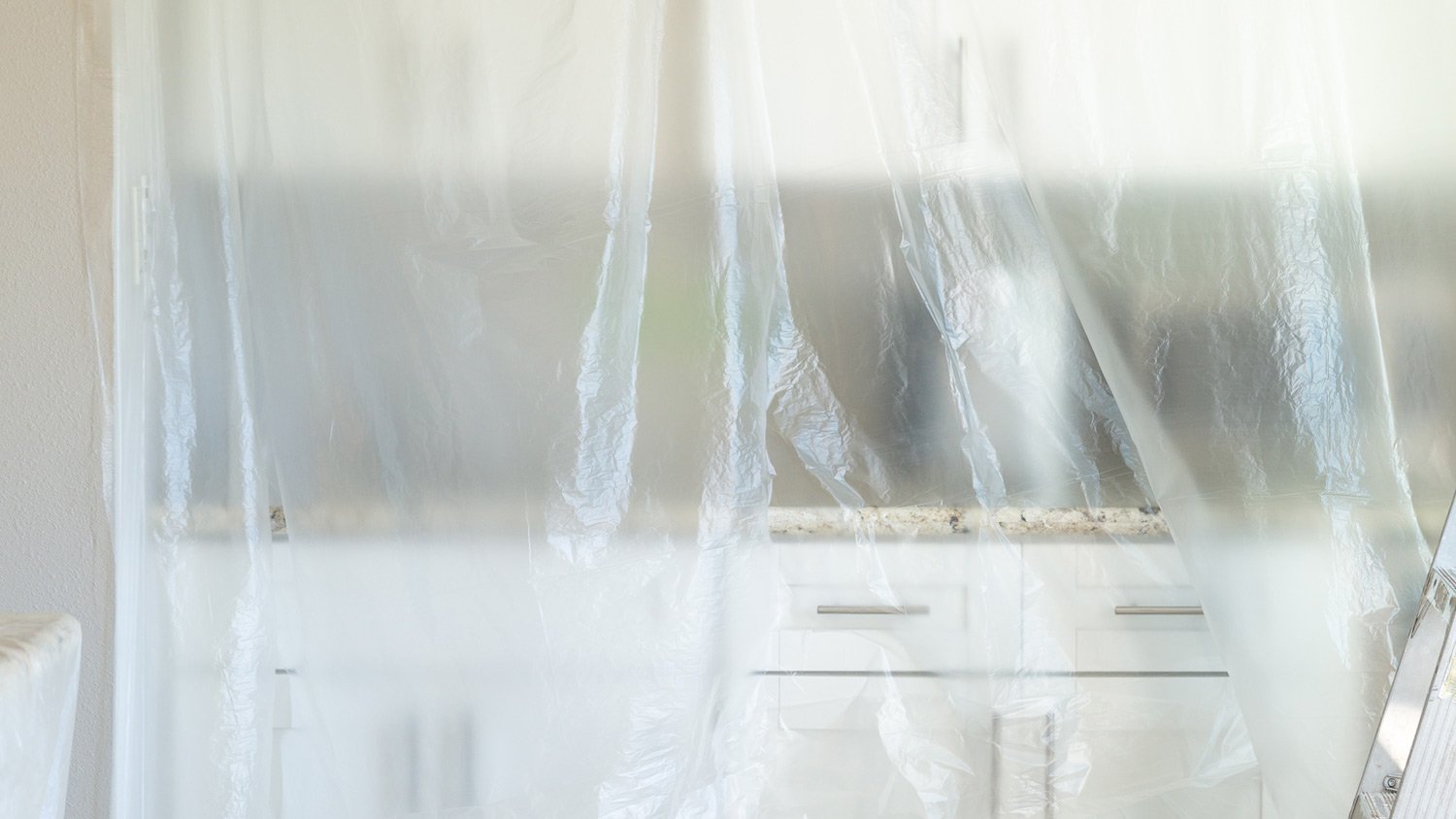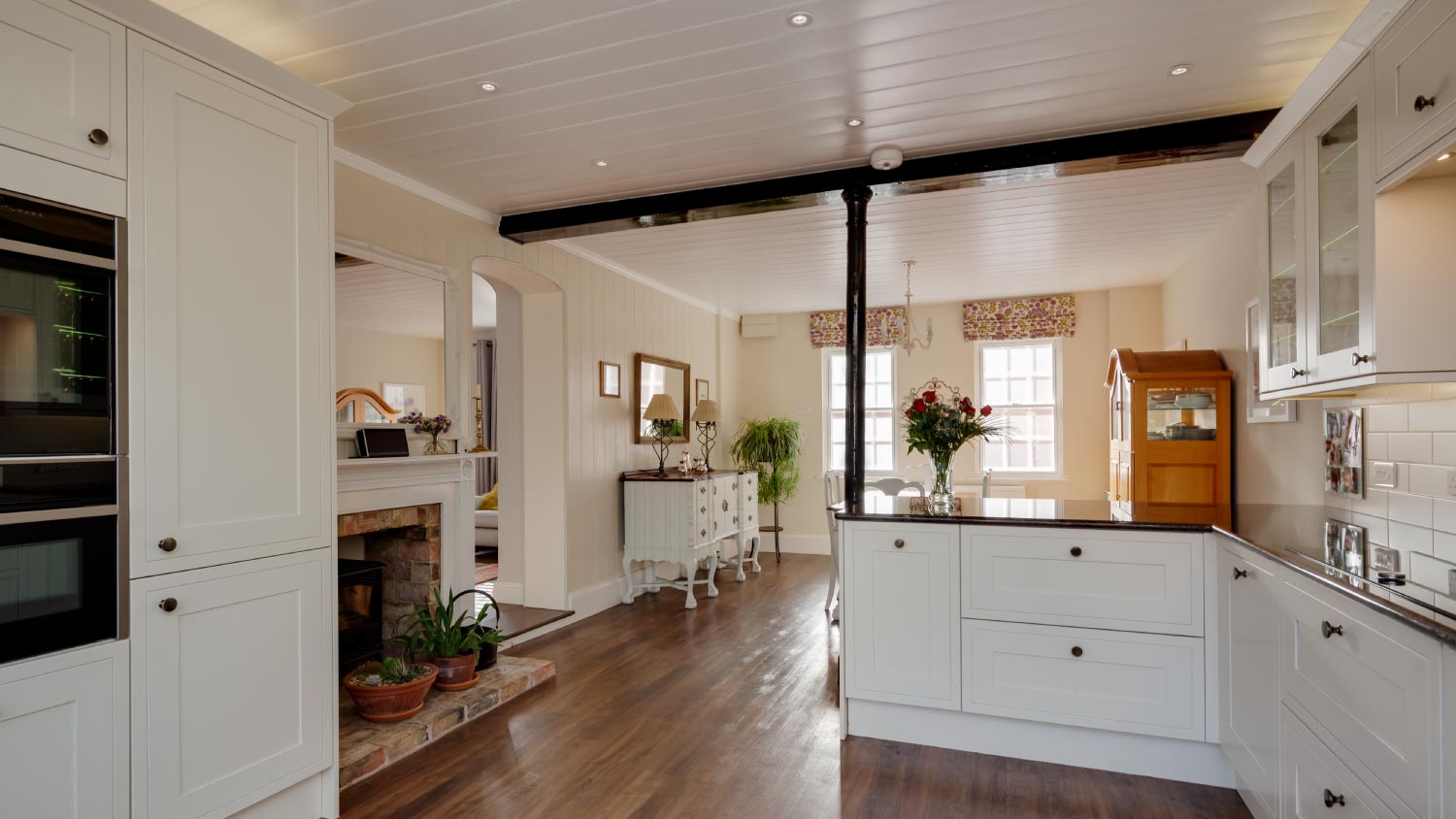
Pre-drywall inspection costs vary depending on the home size, build complexity, and reporting you receive. Estimate your budget with this cost guide.
Dust this pesky debris away with these simple tricks


Installing new drywall can feel like a fresh start for any room, but dust from cutting the panels and sanding the joint compound can leave behind a daunting mess. Luckily, it’s easy to clean up drywall dust as long as you have some patience and a few helpful tools and supplies. Here are eight simple tips for how to get rid of drywall dust after a renovation or remodel.

Always suit up in goggles, a dust mask, and work gloves before learning how to get rid of drywall dust. This step is essential because drywall dust can pose threats if it comes into contact with your eyes or if you inhale it. Inhalation and repeated exposure can also lead to coughing, difficulty breathing, throat irritation, and increased risk of lung cancer, according to the U.S. Environmental Protection Agency.
Consider wearing disposable coveralls as well to avoid tracking drywall dust from your clothes to the rest of the house.
Before you start sweeping, sponging, or vacuuming, it’s important to make sure you’re not going to kick up and spread drywall dust to a larger area. Make sure to turn off your HVAC system. If you have a fan, set it up to point out an open window. That way, excess dust will blow right outside.
Tape up plastic sheets in doorways and around the area to keep drywall dust contained to a smaller space for easier cleanup.

Whether you DIY drywall installation or hire a pro drywall installer near you, there will likely be tarps around the area. These help keep the dust contained so the particles don’t become trapped in the cracks and crevices of the floor. If there are tarps, be sure to grab each corner and fold it toward the center, carefully entrapping the dust inside the tarp. Then, take the tarp outside or over a large dumpster and open it to get rid of the dust.
Using a soft-bristled brush, slowly move along the drywall panels on the walls and ceiling to loosen any dust. Don’t forget to brush the drywall corners as well to remove any extra dust. After you brush off the dust, you can sweep or vacuum what falls to the floor.
Crystalline silica is a toxic dust that's often generated during drywall installation, which can cause respiratory issues if exposed over time. A professional drywall installation company has the right tools to protect your home and ensure safe air quality after your project is completed.

To get rid of large amounts of dust or remove dust that you’ve cleaned off the walls and ceilings, you can use a shop vacuum or any vacuum that has a bag and a HEPA filter. Shop vacuums are the better choice for this chore since they can hold a higher volume, and the HEPA filter will help trap the drywall dust particles rather than spreading them around.
You can use the vacuum hose to remove drywall dust from walls, ceilings, and floors. Just be sure to empty the reservoir regularly.
Another option to get rid of drywall dust from floors is to break out a soft-bristled broom, turn on a good playlist, and work slowly as you sweep up the dust. If the bristles are too hard or you sweep quickly, you’ll kick up dust and make it harder to clean. So, make sure to take a slow-and-steady approach.

If your drywall and joint compound is covered in dust, you can also use a sponge or cleaning cloth and some water to wipe up the drywall dust. Make sure to have a bucket close by to rinse out the dust as your cleaning tool gets dirty. Always ring the sponge or cloth thoroughly to keep your drywall from getting too wet.
After drywall comes paint, so if you happen to have a paint sprayer on hand for that stage of the reno, it’s time to get creative. You can use water with the paint sprayer and apply a light mist over the walls to help remove drywall dust. Then, once the drywall has dried, follow up by vacuuming the room with a shop vacuum to fully remove the dust.
From average costs to expert advice, get all the answers you need to get your job done.

Pre-drywall inspection costs vary depending on the home size, build complexity, and reporting you receive. Estimate your budget with this cost guide.

Installing beadboard ceilings is a great DIY project. Learn what to expect cost-wise from this project, whether removing or covering a popcorn ceiling.

Installing drywall is the most common way to finish your home’s interior. Use this drywall installation cost guide to see what your project is likely to cost.

Your drywall reeks, and you’re not sure why. Learn why your drywall smells like poop, and what to do about it.

You're down to the nitty-gritty of drywall supplies and now you need to know if paper vs mesh drywall tape is the way to go. Here's how to choose.

If you’re considering the pros and cons of hanging drywall vertically, most drywallers install it that way. Learn the best applications for this installation method.